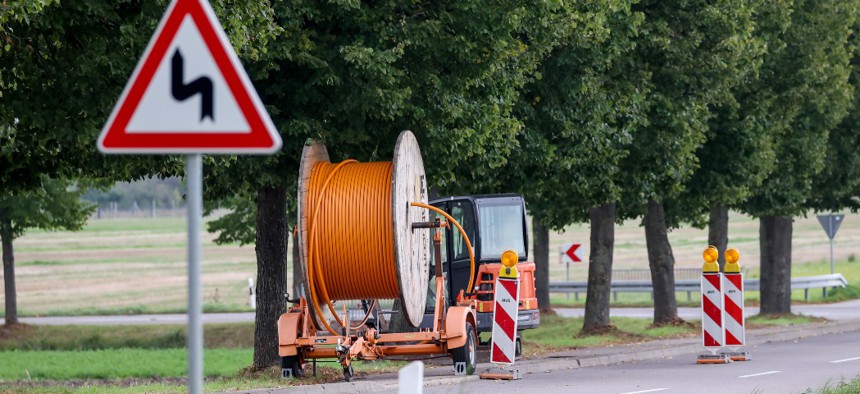Tribal Broadband Effort Gets $1.5 Million Federal Investment

Jan Woitas/picture alliance via Getty Images
The Department of Commerce’s National Telecommunications and Information Administration issued another round of funding for indigenous communities with poor broadband infrastructure.
An additional $1.5 million dollars in federal funding was awarded to Native American communities to continue to establish improved broadband connectivity across tribal lands.
Awarded by the Department of Commerce’s National Telecommunications and Information Administration, the money will be distributed within the Biden administration’s Tribal Broadband Connectivity Program, an initiative dedicated to providing high-speed broadband access to remote Native American communities.
“These grants will help tribal communities connect so they can work remotely, access medical care, and communicate with friends and family,” said Alan Davidson, the assistant secretary of Commerce for Communications and Information. “In the months to come, the Tribal Broadband Connectivity Program will continue to roll out resources so we can close the digital divide on tribal lands.
Recipients of this round of funding include the the Confederated Tribes of Siletz Indians in Lincoln, Oregon, the Village of Clarks Point, Alaska and the Native Village of Selawik, Alaska.
The Alaskan recipients are anticipated to use the money for broadband adoption and installation projects while the Oregon recipient will use the funding for research. $500,000 is available to each of the three recipients.
Including these grants, the NTIA has delivered approximately $4 million to tribal broadband projects through seven separate awards. This is out of a total of $980 million available for grants to Native American, Alaska Native, and Native Hawaiian communities to support broadband, telehealth and other telecommunications innovation.
Broadband access and connectivity have been at the forefront of legislative agendas as the COVID-19 pandemic exposed existing gaps in access, primarily in rural regions. Earlier in January, the Senate Committee on Indian Affairs examined these issues during a hearing. Native American and indigenous advocates and experts discussed the challenges some geographical terrain poses to installing fiber optic cables that allow high speed internet access.
Witnesses at that hearing also brought to light the barriers to applying for grants within the TBCP, largely due to a lack of internet access.






